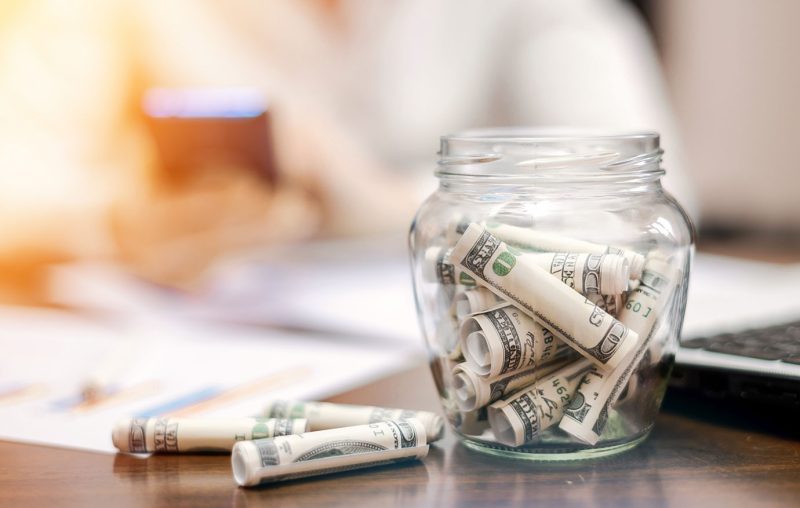Boosting the Economic Terrain: The U.S. Economy’s 3.3% Growth Rate Leap in Q4
Surpassing all expectations, the U.S. economy took a significant leap as it recorded a robust growth rate of 3.3% in the fourth quarter. This impressive surge attributes to various contributing factors that have collaborated to steer the economy in a positive trajectory during this time period.
In the arena of economic growth, predictions often take the front seat. But what makes this particular outcome worthy of discussion is that it didn’t just meet the expectations – it exceeded them. Economists had previously projected a relatively modest growth rate, but the reality has painted a much rosier picture of the U.S. economic health.
A major driver behind the U.S. economy’s impressive performance is the surge in consumer spending. With a dovish stance in monetary policy, the Federal Reserve continued to incentivize spending, leading to a spur of retail activity. Simultaneously, the unemployment rates reaching historically low levels further bolstered household confidence, thereby driving up consumption rates significantly.
Additionally, the impressive performance of the housing market played a significant role in driving this surprising growth. Strong demand, coupled with low interest rates, led to a housing bloom unprecedented in recent years. This housing upsurge not only contributed directly to the GDP but also induced a domino effect on related industries such as construction, manufacturing, real estate services, and more.
Government spending also saw a robust increase, particularly with respect to infrastructure and defense projects. With the government pumping more money into these sectors, a host of industries benefited, producing a multiplier effect on the economy.
Furthermore, the impressive growth was not limited to the domestic front. The U.S. international trade performed robustly during the fourth quarter. A weaker dollar, coupled with the resurgence in global consumption post the pandemic lows, led to heightened exports that further propelled the economic growth higher.
In the realm of corporates, the Q4 saw a surge in investments and increased cash flow circulation. The growing success of the COVID-19 vaccination campaign also reinstated business confidence, leading to a boost in both staffing and investment numbers. Also worthy of note is the given boost to the technology sectors which experienced a continuous boom, given the increasing reliance on digital operations across all markets.
Interestingly, healthcare spending also saw remarkable growth in Q4. With the distribution of COVID-19 vaccines and the sustainability of robust health programs, an upswing was observed in this area, driving a part of the overall economic marked improvement.
In summary, the U.S. economy’s unexpected growth in the fourth quarter is not an isolated incident. It reflects the culmination of a myriad of contributing factors, each playing its part to steer the engine of growth. From lower unemployment to healthy consumerist traits, from booming housing market to increased government spending, from burgeoning corporate investments to an upswing in international trade and burgeoning healthcare spending, each component intertwined to challenge the expectations and paint a more rosy picture than predicted. The 3.3% economic growth, thereby, emphasizes the resilience and adaptive capacity of the U.S. economy.




